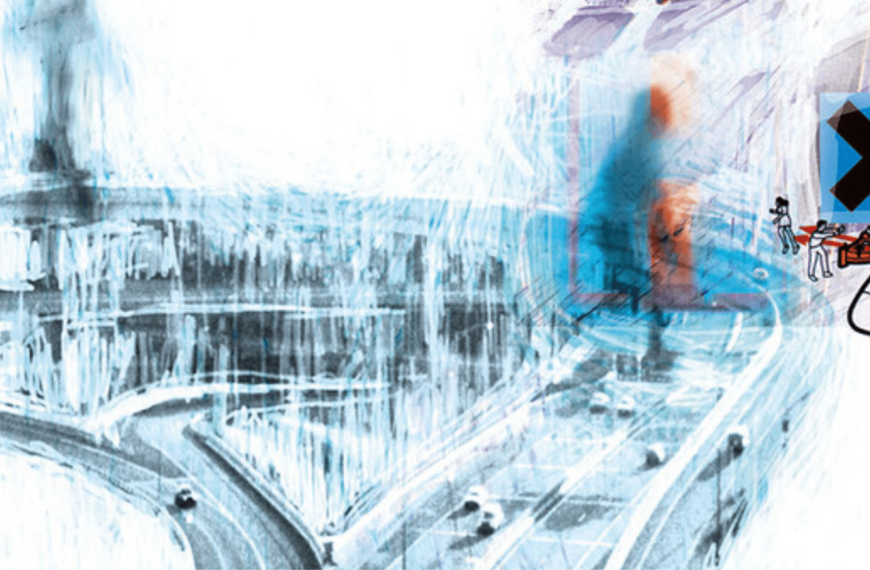13 Essential Italian Horror Soundtracks

Iconic scores for films like Suspiria, Death Knocks Twice, and Deep Red are among the essential Italian horror soundtracks.
Italian Horror Soundtracks are a record collector’s delight. They characteristically feature a touch of dissonance interspersed with rock instrumentation and relaxed European lounge grooves. There are superstars of the genre, like Goblin, who used prog rock arrangements to build suspense. There are also plenty of unsung heroes, like the spectacular choirs found on the soundtracks of Tutti I Colori Del Buio and Lo Strano Vizio Della Signora Wardh.
The movies themselves are cherished by many, perhaps not for their narrative structure, but for the influence they so clearly had on modern-day horror, noir, and slasher flicks. Even John Carpenter, the composer of Halloween and many other great horror soundtracks, has stated that he was heavily influenced by the music found in Italian horror films.
Explore the list below to discover 13 of the best Italian horror soundtracks.
Il Dolce Corpo Di Deborah
by Nora Orlandi
This soundtrack starts off light and dreamy with quintessential Italian lounge music, but songs like “I Robot” take things in a more propulsive direction. It’s an early example of Italian horror music, but it’s easy to hear the influence it had on later horror movie soundtracks.
Una Sull’altra
by Riz Ortolani
The Una sull’altra soundtrack is full of deep psychedelia and free jazz freakouts. There are a few claustrophobic melodies hell-bent on driving anxiety levels up, but it does chill out at times with some classic Italian grooves.
La Morte Bussa Due Volte
by Piero Umiliani
La Morte Bussa Due Volte is widely considered one of the best movie soundtracks of all time. The score has strong jazz and bossa nova influences, stellar instrumental solos, and riveting vocals.
Colpo Rovente
by Piero Piccioni
The music here is louder than on many of the other soundtracks as the intro track and theme are performed by a big band. Jazz and bossa nova influences are found throughout the music and are paired with psychedelic tinges that will make your skin crawl.
Una Lucertola Con La Pelle Di Donna
by Ennio Morricone
No list of essential Italian horror movie soundtracks would be complete without an Ennio Morricone score. You get some soaring strings and breathy vocals, but you also get some twisted avant-garde arrangements that complement Morricone’s work with Gruppo D’improvvisazione Nuova Consonanza.
Tutti I Colori Del Buio
by Bruno Nicolai
This soundtrack has it all: sweeping melodies, unsettling sitar and guitar, and haunting vocals that pair perfectly with the satanic masses depicted in the film. Tutti I Colori Del Buio is a true exemplar of 1970’s Italian horror soundtracks!
La Terrificante Notte Del Demonio
by Alessandro Alessandroni
The La Terrificante Notte Del Demonio soundtrack has a good dark groove, especially on tracks like “Demon Arise” and “Devil’s Nightmare.” Spine-chilling vocal performances, fuzzy guitars, and hypnotic harpsichord make this a great record for a Halloween party.
Profondo Rosso
by Goblin
The record begins with some bonafide Italian groove on the eponymous lead song, but things quickly become more frantic and you find yourself fully entrenched in a bass-heavy nightmare. The masterful use of gothic organs, jazzy rhythms, and heavy prog rock layers established Goblin as masters of the horror score.
Lo Strano Vizio Della Signora Wardh
by Nora Orlandi, Paolo Ormi
If you enjoy the dreamlike qualities of the Twin Peaks soundtrack, you’ll definitely want to give the Lo Strano Vizio Della Signora Wardh soundtrack a spin. The dreaminess shifts into nightmarish territory thanks to some organs and a choir that will keep you on the edge of your seat.
Suspiria
by Goblin
Suspiria is probably the most well-known release on this list, and it frequently shows up on best soundtracks lists that go beyond the Italian horror genre. Right from the start, the creep factor is high with a menacing voice whispering and humming unintelligibly around dissonant melodies. As the soundtrack continues, Goblin’sproclivities for prog help the film build toward its terrifying conclusion.
L’Aldila
by Fabio Frizzi
Once you drop the needle on side A of this soundtrack, you’ll hear some spooky string arrangements and choral vocals. The second half of the soundtrack ushers in less formal arrangements, along with some New Orleans jazz and funk. Altogether, it’s a classic horror soundtrack with a Creole twist.
Tenebrae
by Simonetti, Pignatelli, And Morante
Three former members of Goblin came together at the request of Dario Argento to record music for Tenebrae. It’s a bit past their prime ‘70s prog rock days (the band officially broke up in 1979), but the prominent role of synthesizers makes the Tenebrae soundtrack an honorable mention in the Goblin catalog – even if you won’t find it in their official discography.
Quella Villa Accanto Al Cimitero
by Walter Rizzati
This soundtrack makes great use of dynamics as creeping basslines, somber piano, and tension-building synth and organ runs collide with guitars, drums, and menacing electronic textures. The entire soundtrack is Italian horror gold, but the track “I Remember” stands as one of the most iconic horror movie themes ever recorded.
Keep Digging
Essential Political Soul Albums
By Brandon Ousley The late 1960s and 1970s heralded significant possibilities in Black music. As the political and…
12 Essential Post-Punk Albums
Not long after punk exploded in 1977, there were artists who wanted to harness its energy and DIY…
Essential ’90s Alternative Albums
By Jim Allen Were the 1990s rock’s last stand as a dominant cultural force? Too soon to say,…
Today’s Essential Modern Pop
In the early 1980s, pop music icon Madonna was a struggling musician, living in Queens and working as…
Don’t miss a beat
Subscribe to Discogs’ email list to learn about sales, discover music, record collecting guides, product tips, limited edition offers, and more.






















